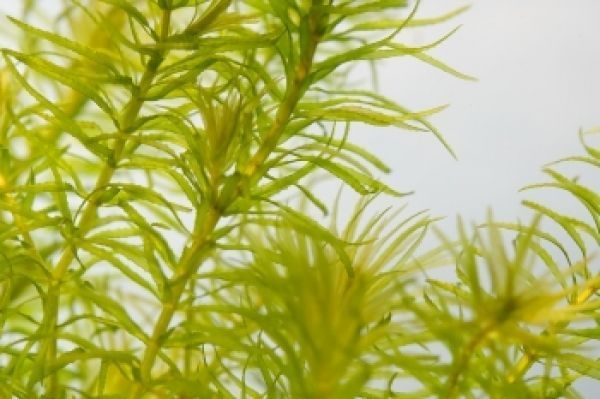All plants need carbon dioxide, or CO2, to live. They extract it from the air and use it during the photosynthesis process to feed themselves. But what happens to aquatic plants? How do they get carbon dioxide?
Some have partial terrestrial forms, such as floating leaves or above-water growth, which allows them to use carbon dioxide from the atmosphere. But for plants that live completely submerged in water, CO2 is limited and many of these plants have developed a mechanism to tap into other carbon sources. In this case, they extract it from bicarbonate — a naturally occurring mineral that comes from the weathering of soils and rocks. The runoff of that process reaches the plants.
In a paper published today in Science, researchers from Arizona State University's School of Life Sciences found that not only are freshwater aquatic plants affected by climate, they are also shaped by the surrounding landscape.
Continue reading at Arizona State University
Image via Arizona State University


